When one of the most famous Flemish artists in history returned to his native city after a nearly decade-long stay in Italy, he earned many prestigious commissions.
Peter Paul Rubens (1577-1640) moved back to Antwerp in 1609 and the art he produced in the following years was heavily inspired by the Italian art he encountered during his extended trip.
This also includes the large triptychs that he completed, including the one described in this article.
Let’s take a closer look at some of the most interesting facts about The Descent from the Cross, one of Rubens’ ultimate masterpieces.
1. It was completed just a few years after his return from Italy
Peter Paul Rubens can easily be described as one of the most influential Baroque artists in history.
He developed a distinctive dramatic style that can easily be recognized and played a major role in the development of art in the 17th century.
He spent nearly the entire first decade of the 1600s in Italy and was heavily influenced by the art of Italian artists that he came across during his stay there.
He completed one of his ultimate masterpieces titled “The Descent from the Cross” between 1612 and 1614, shortly after he returned to Antwerp.
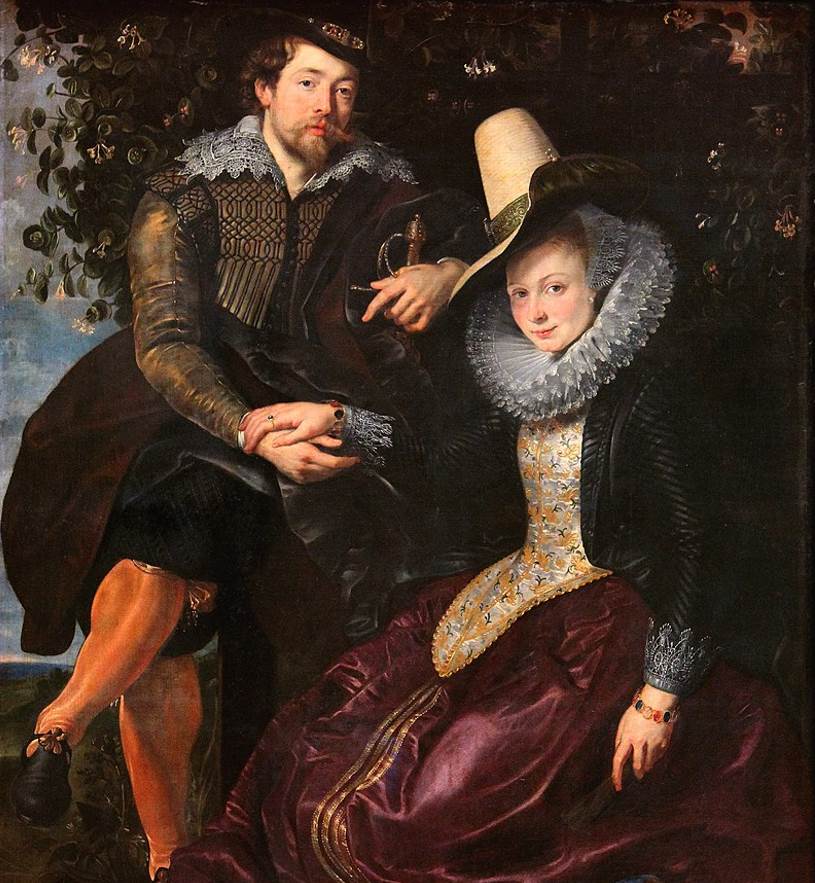
2. The painting depicts a popular scene in religious art history
The Descent from the Cross is also sometimes referred to as “The Deposition” and has been a popular subject in religious art ever since the Middle Ages.
The central panel of the triptych painting depicts a large number of people who lower the dead body of Christ from the cross.
It’s not a crucifixion painting, another popular subject in art, but a work that depicts the moment shortly after Jeuss passed away.
Rubens made full use of the large cross to include as many people as possible in this typical dramatic scene full of raw emotion.
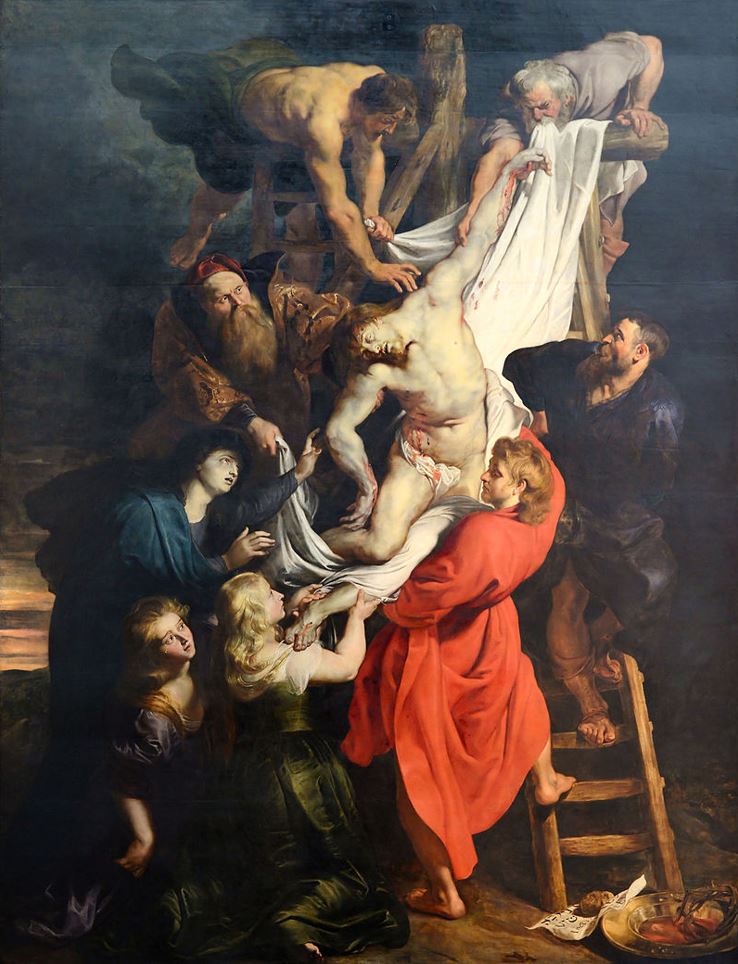
3. It was commissioned by a local Confraternity from Antwerp
Unlike his other masterpiece, the Elevation from the Cross, a painting that depicts Jesus being raised onto the cross, this painting wasn’t commissioned for the St. Walburga Church in Antwerp (which is now destroyed).
It was commissioned by the Confraternity of the Arquebusiers for their chapel in the Cathedral of Our Lady in Antwerp.
We know this because the contract for this painting was signed on September 7, 1611. The artist started working on it the following year and completed the work in 1614.

4. The outer panels of the triptych depict two separate religious scenes
A triptych consists of 3 panels and the two outer panes of this large work of art depict different scenes.
The left panel depicts “The Visitation,” a scene in which the Virgin Mary meets her older cousin Elizabeth. Both women are pregnant and will give birth to Jesus Christ and John the Baptist respectively.
The right panel depicts a scene inside a temple and shows the High Priest presenting the baby Jesus Christ to a number of people.
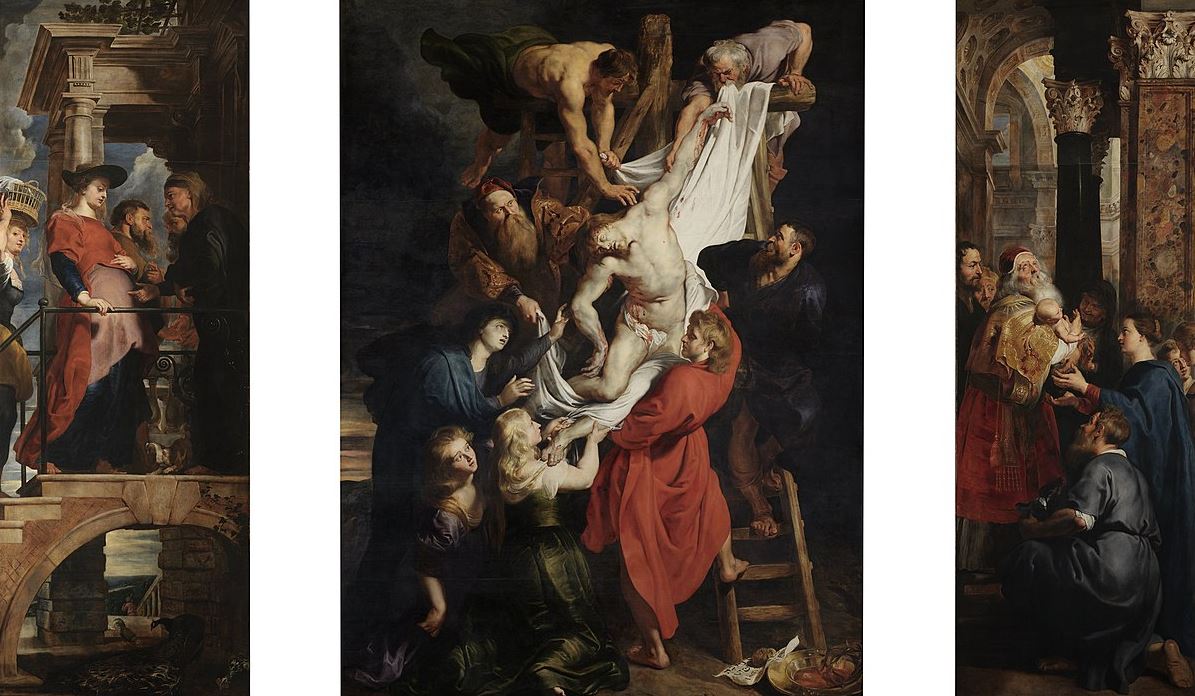
5. The painting is the epitome of Rubens’ dramatic style
The Descent from the Cross is often referred to as one of Rubens’ greatest paintings and that’s because it embodies the style that he developed.
He was still heavily influenced by the painting of Caravaggio as he integrated a strong sense of chiaroscuro to highlight certain elements.
He did, however, focus on the strong expressions on the people’s faces which exaggerate both he sense of drama and motion that defines his oeuvre.
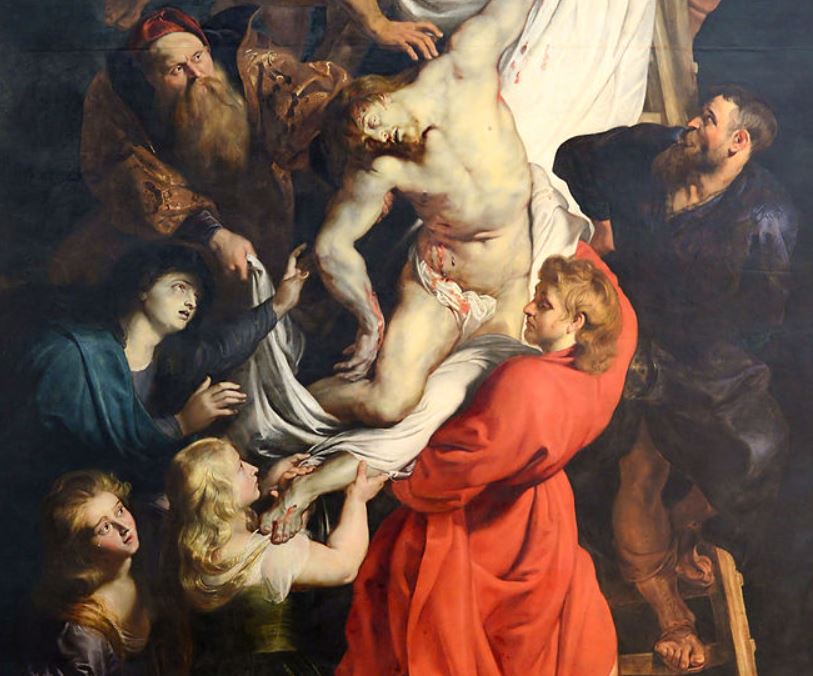
6. Rubens painted several versions of this subject in his career
Like many other works, he returned to this subject again and again throughout his career. Several versions were painted by his hand and his workshop copied these dozens of times.
He painted at least 3 more versions in the years following the completion of his masterpiece in Antwerp, a sign that both the artist and the public admired this composition.
The other versions are on display at the Hermitage Museum in Saint Petersburg, Russia, the Palais des Beaux-Arts de Lille, and the Courtauld Gallery in London.
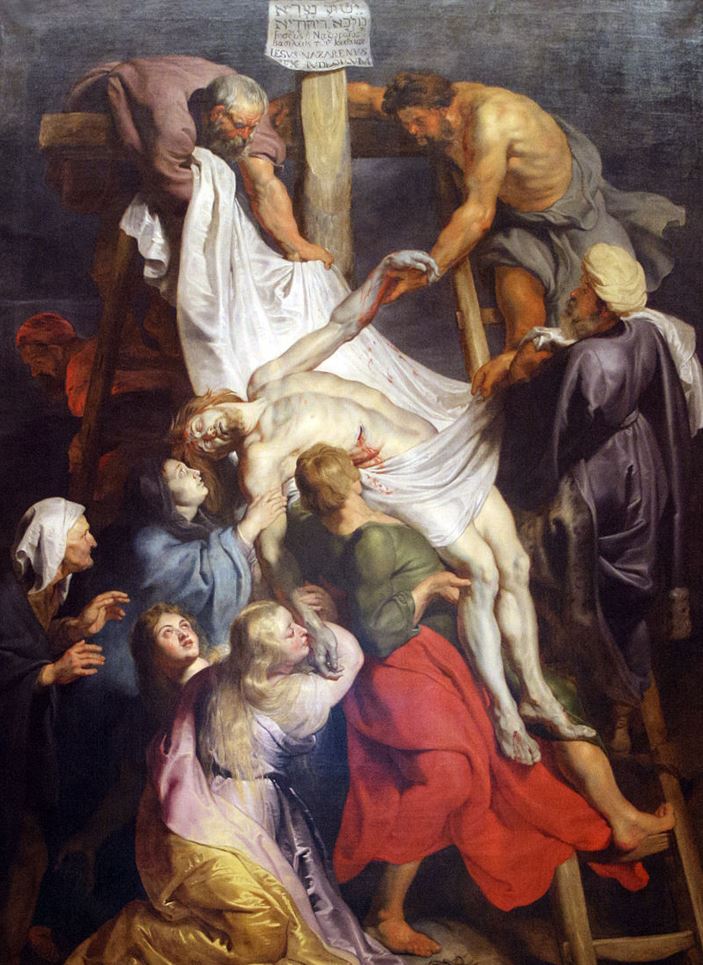
7. How big is The Descent from the Cross by Peter Paul Rubens?
The Descent from the Cross by Peter Paul Rubens was commissioned to serve as an altarpiece in the large Cathedral of Our Lady in Antwerp.
Like many other works by Rubens, it’s monumental in size. This oil-on-panel painting has dimensions of 420.5 × 320 centimeters (165.6 × 130 inches).
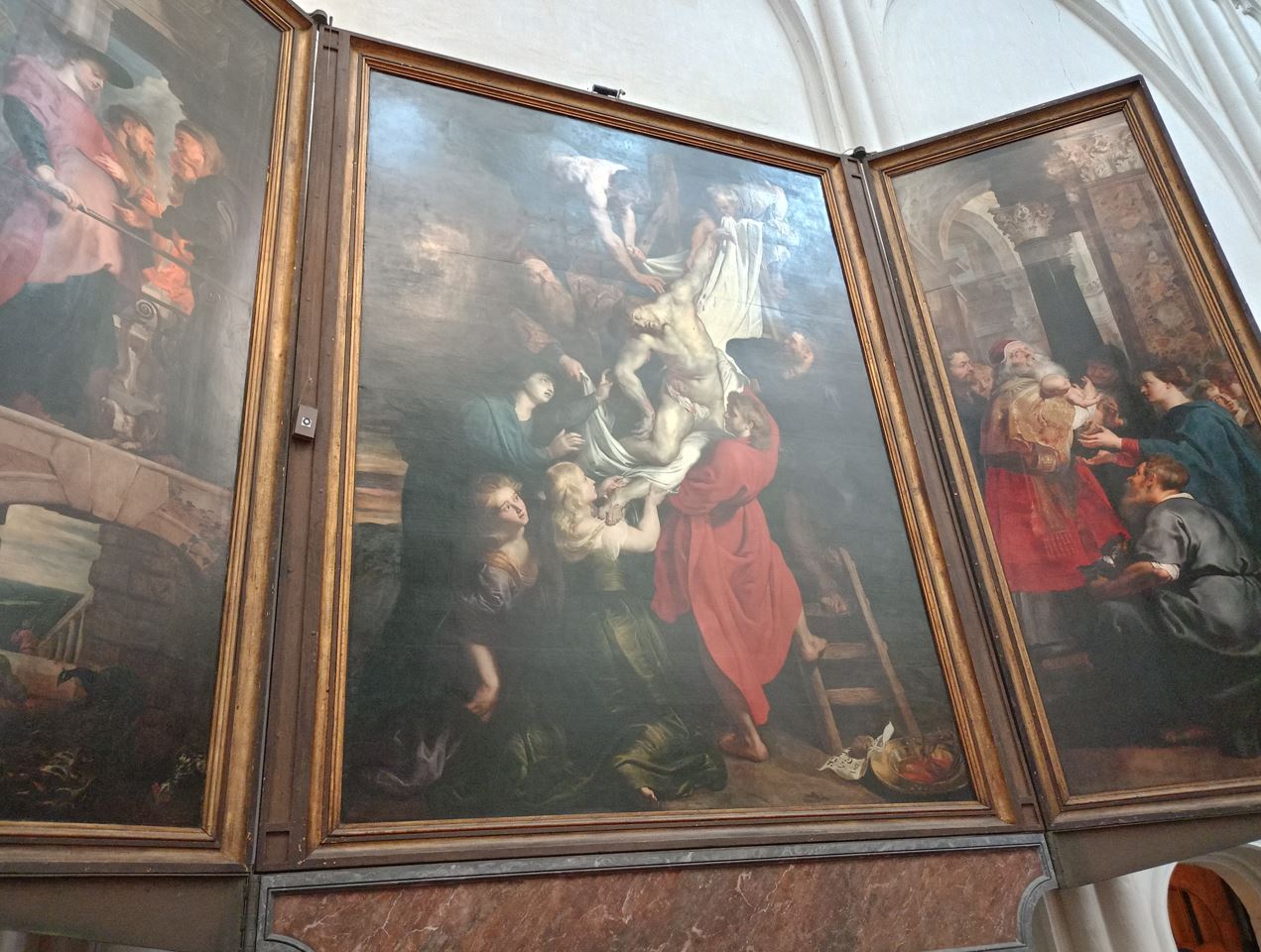
8. Where is Rubens’ wonderful painting located today?
If you want to admire Rubens’ masterpiece then you have to visit the place where it was hung for the first time, the Cathedral of Our Lady in Antwerp.
It’s one of several other masterpieces by the Flemish painter that decorate this amazing church, the others being the Elevation of the Cross and the Assumption of the Virgin Mary.
The cathedral does have an entrance fee, but as you can see in the video below, it’s well worth it because of both the architecture and art that is present inside.


